Table of Contents
ToggleIntroduction to Key Jib Crane Price Factors
Understanding the factors that influence jib crane price is crucial for buyers aiming to balance quality, functionality, and budget. Three primary factors significantly affect the pricing of jib cranes: load capacity, span, and rotation capabilities. This authoritative guide, built upon industry expertise and practical experience, delves into these critical factors to assist buyers in making informed purchasing decisions.
Factor 1: Load Capacity
Understanding Load Capacity
Load capacity refers to the maximum weight a jib crane can safely lift and handle. This factor directly impacts crane pricing, with higher capacities generally commanding higher prices.
Typical Load Capacity and Pricing
- Light-duty Jib Cranes (up to 1 ton): These cranes typically range between $1,500 and $6,000. They are suitable for smaller operations, workshops, and assembly lines.
- Medium-duty Jib Cranes (1-5 tons): Prices generally range from $5,000 to $15,000, reflecting increased structural requirements and performance capabilities.
- Heavy-duty Jib Cranes (above 5 tons): Usually priced at $15,000 and upwards, these cranes require robust construction and additional safety features, significantly increasing overall costs.
Selecting Appropriate Load Capacities
Accurately determining required load capacities ensures cost efficiency and operational effectiveness. Overestimating can unnecessarily inflate costs, whereas underestimating may result in unsafe operations or premature equipment failure.
Factor 2: Span
Defining Jib Crane Span
Span refers to the horizontal distance from the crane’s pivot point to the lifting hook. A larger span offers greater reach but typically requires stronger structural components, influencing price significantly.
Price Impact of Span Length
- Short Span (under 3 meters): These cranes are affordable, typically priced between $1,500 and $5,000, ideal for confined spaces and precise operations.
- Medium Span (3-6 meters): Usually priced between $5,000 and $12,000, these cranes provide greater operational flexibility and accommodate a wider range of tasks.
- Long Span (over 6 meters): Generally exceeding $12,000, these cranes require extensive structural reinforcement and are suited to spacious environments and complex operations.
Span Considerations for Optimal Pricing
Choosing the appropriate span involves balancing workspace constraints and operational needs. Shorter spans minimize costs but limit operational flexibility, while longer spans enhance capabilities but incur higher initial investments.
Factor 3: Rotation Capabilities
Understanding Rotation Options
Jib cranes offer various rotation capabilities, directly affecting usability, operational efficiency, and pricing:
- Manual Rotation: Most affordable, suitable for lighter tasks and smaller workspaces.
- Motorized Rotation: Moderately priced, offering improved handling and operational efficiency.
- 360-degree Rotation: Premium-priced due to advanced mechanics, enhancing versatility significantly.
Pricing by Rotation Capabilities
- Manual Rotation Jib Cranes: Typically range from $1,500 to $8,000. Ideal for workshops with limited operational intensity.
- Motorized Rotation Jib Cranes: Prices range from $7,000 to $15,000, reflecting improved handling capabilities and safety features.
- Full 360-degree Rotation Cranes: Generally priced between $15,000 to over $30,000, these cranes are suitable for extensive, demanding industrial operations.
Selecting Rotation Features Wisely
Businesses must carefully evaluate their operational requirements. Investing in unnecessary rotation capabilities can substantially increase initial costs, while inadequate rotation features may limit operational productivity.
Comprehensive Price Analysis
Understanding jib crane pricing factors holistically provides buyers with clarity, enabling more precise budgeting and better-informed purchase decisions. Buyers seeking detailed comparisons should explore our Jib Crane Price Comparison by Type: Wall vs. Floor Models.
For additional insights into budgeting, consult our Jib Crane Price Guide for Small Workshops and Warehouses.
Future Pricing Trends
Market dynamics and technological advancements continuously influence jib crane pricing trends. Businesses should regularly monitor these shifts to optimize timing and budget alignment. Detailed forecasts and analyses can be found in Jib Crane Price Trends in 2025: What Buyers Should Know.
Optimizing Jib Crane Investment
Prioritize Maintenance
Regular maintenance ensures jib cranes operate efficiently, safely, and reliably. Proper maintenance practices significantly extend equipment life and optimize overall operational costs.
Evaluate Installation Options
Professional jib crane installation impacts overall performance and safety. Factoring installation costs into budgeting helps avoid unexpected expenses and operational disruptions.
Focus on Sustainability
Investing in environmentally sustainable cranes and practices reduces operational costs and enhances regulatory compliance. Sustainable choices often translate into long-term savings and improved brand reputation.
Selecting Trusted Suppliers
Partnering with reliable suppliers ensures high-quality equipment, professional installation, and dependable after-sales support. Trusted providers like Aardwolf offer diverse selections of crane products suitable for varying operational demands.
Conclusion: Making Informed Pricing Decisions
Careful consideration of load capacity, span, and rotation capabilities is essential for accurately understanding jib crane price factors. Buyers who leverage these insights strategically ensure optimal investments, aligning crane purchases with their specific operational needs, budgets, and long-term business goals.

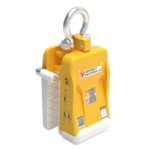
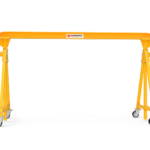
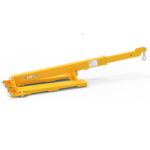
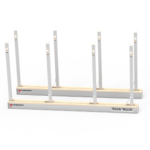
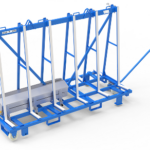
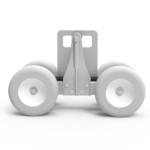
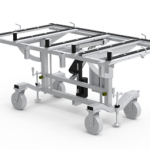
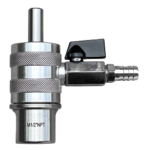
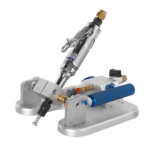
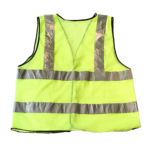

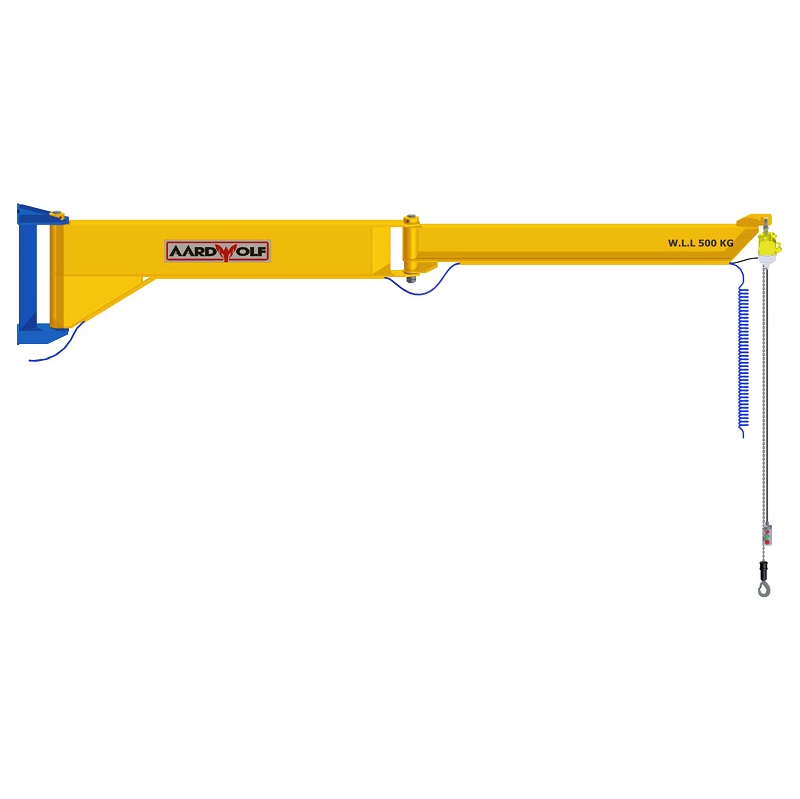
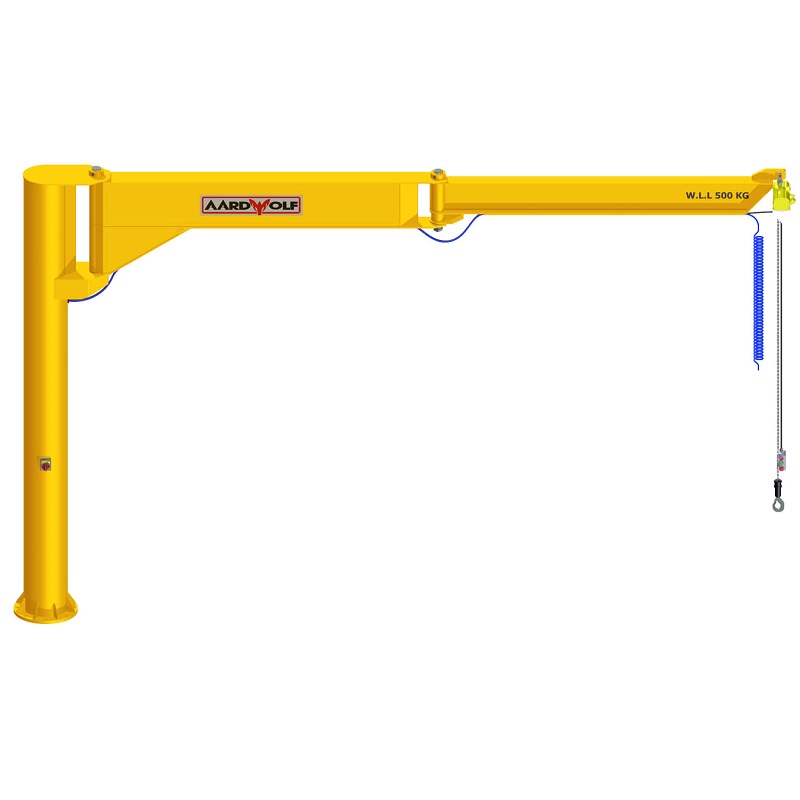

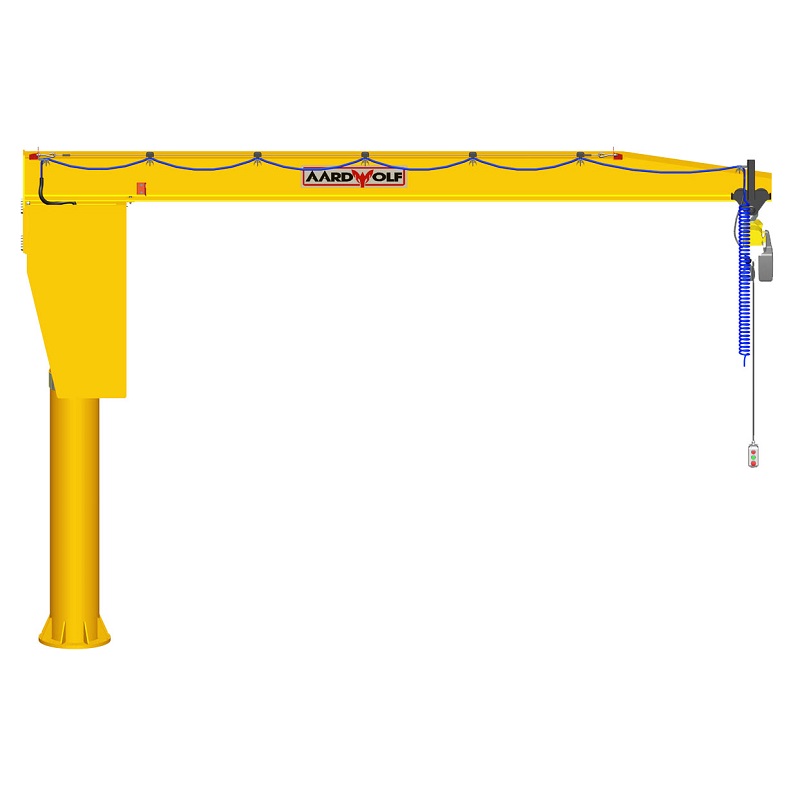
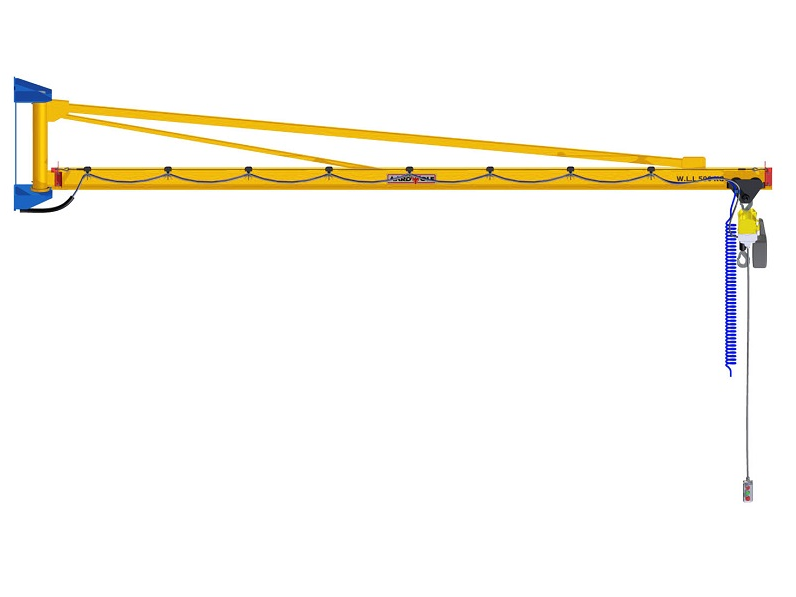
Please log in to leave a comment.